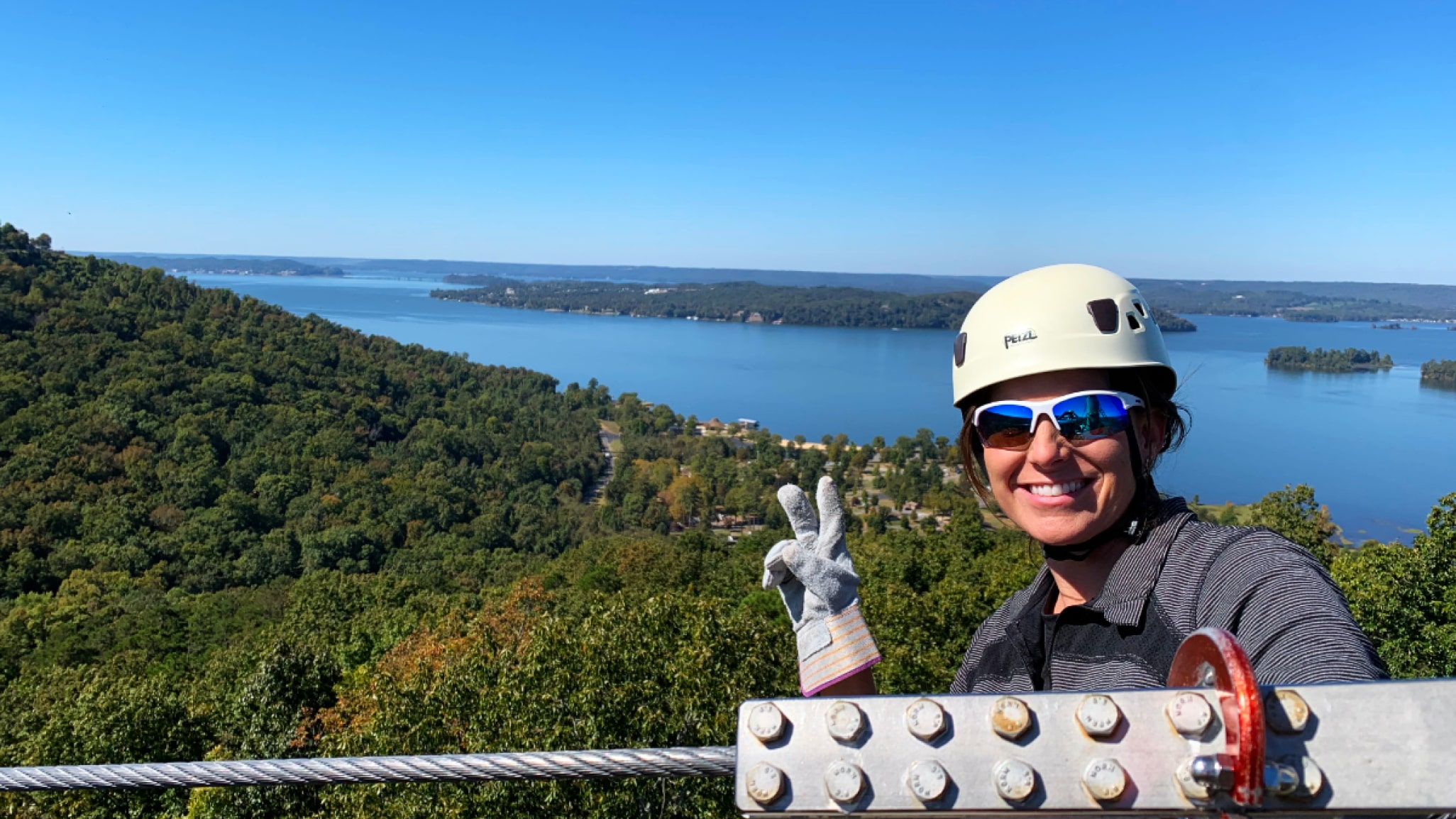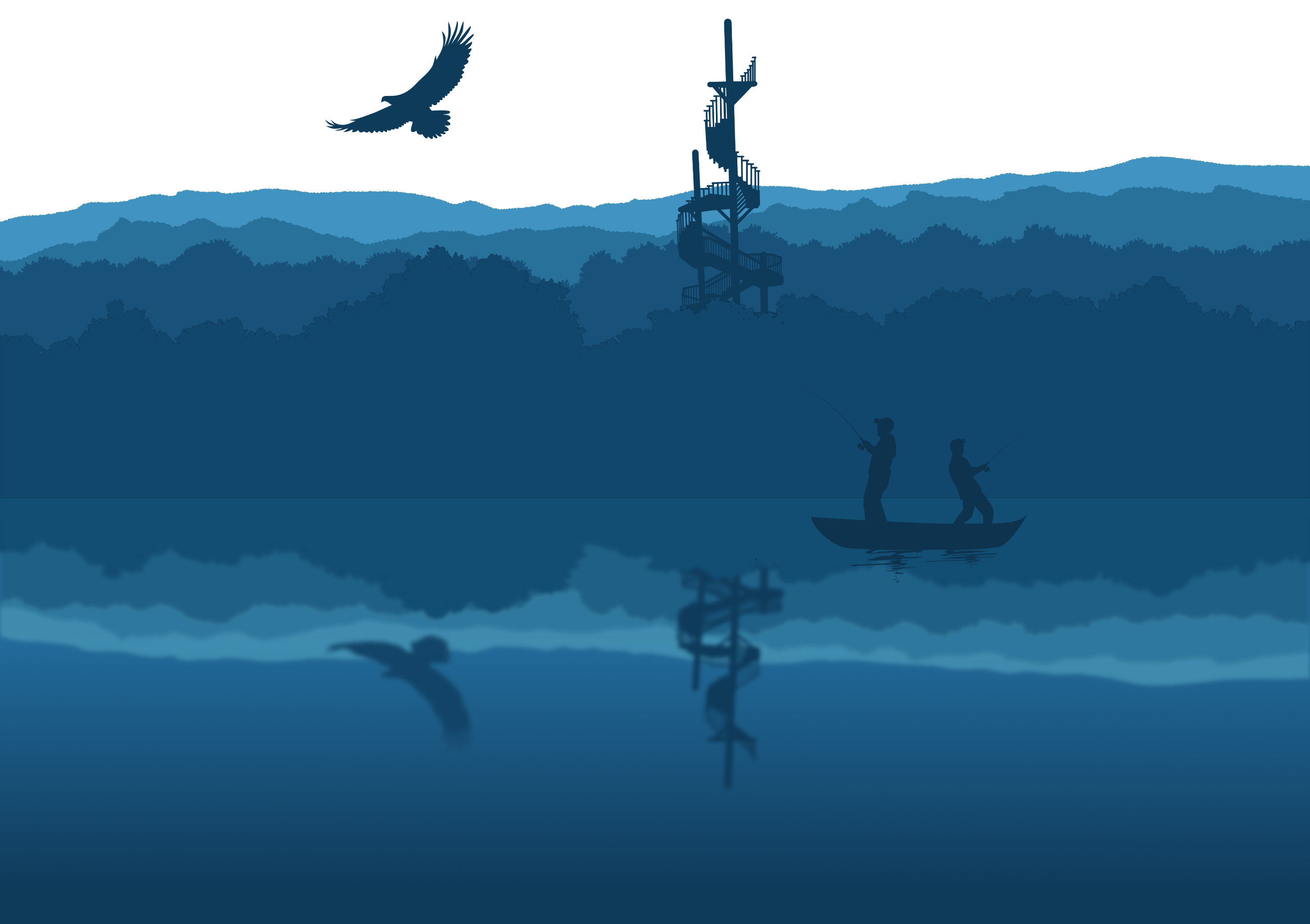

About Screaming Eagle
We have 8 Screaming Eagle Aerial Adventure Locations for you to explore! With zip line parks in 3 states around the South East United States, finding a course near you has never been easier!
We currently have 2 zip line and aerial adventure courses in Kentucky: The Ark Encounter and the Creation Museum; 3 in Alabama: Lake Guntersville State Park, Wind Creek State Park, and at Desoto State Park; and 3 in Georgia: Amicalola Falls State Park, Unicoi State Park, and the one and only Historic Banning Mills!
Expertise
Screaming Eagle Ziplines is owned and operated by Screaming Eagle Adventure Parks, the most experienced zipline canopy tour and now the safer option for zipline canopy tours using a closed belay system from beginning to end. You are never disconnected from our patented safety system unless you are in a designated disconnect location. You can rest assured that safety is our number one priority.
We take our safety standards seriously so that you can have an amazing experience while ziplining with us! Thousands have had life long memorable and fun experiences with us since 1999.
All of our ziplines, towers and other adventure trek pieces have been designed and built by American Adventure Park Systems, Historic Banning Mill’s own maintenance and construction team.
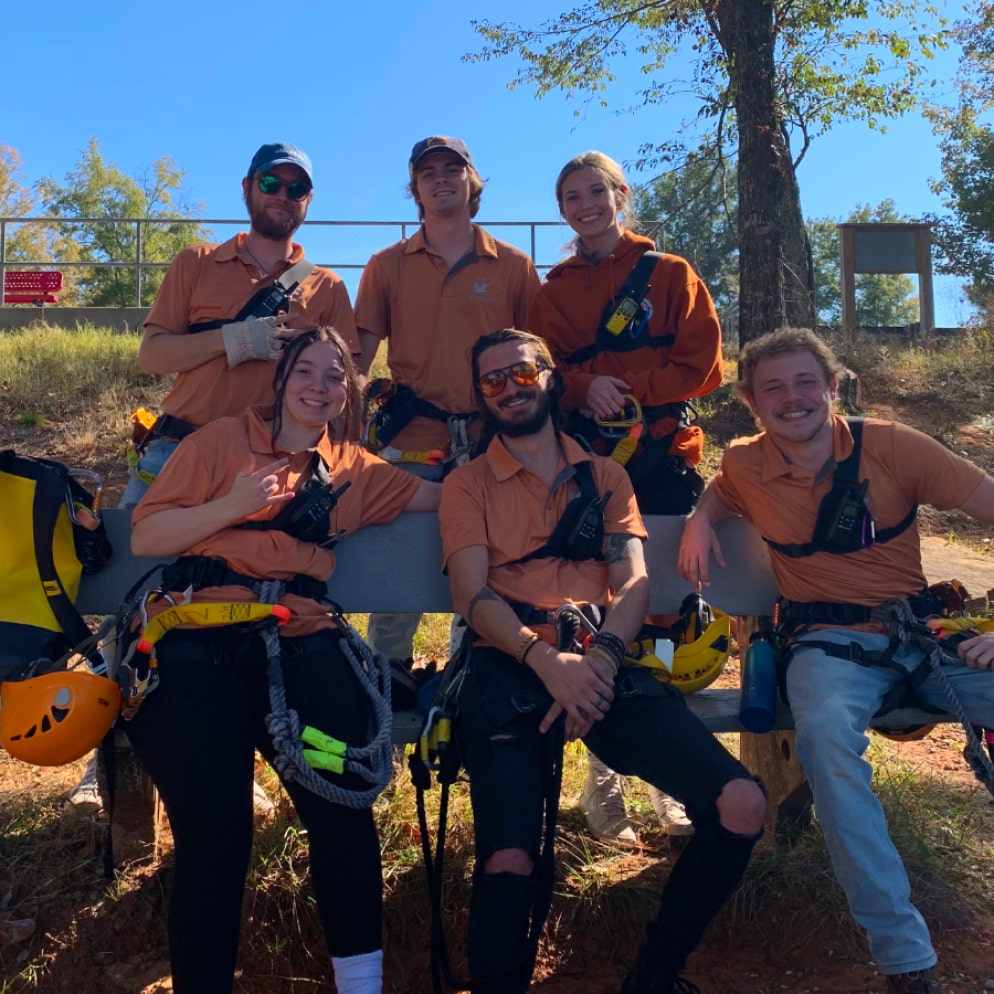
Certification & Assocations
American Adventure Park Systems is an accredited Professional Vendor Member (PVM) of the ACCT in the Design, Build, Train & Supply Adventure Park Industry. We adhere to or exceed this organization’s rigorous safety (ANSI & ASTM) standards and inspections. Outside professional vendors provide annual inspection and updates for certification, i.e. equipment, training and our course. In addition, we conduct and document our own daily system and in-use equipment inspections. We check for wear, serviceability, and other potential safety issues.
ACCT – Association of Challenge Course Technology is the world’s leading and largest trade organization and sets the standard for developing and running challenge courses and zipline canopy tour programs. For more information on this organization and its safety standards, please visit www.acctinfo.org
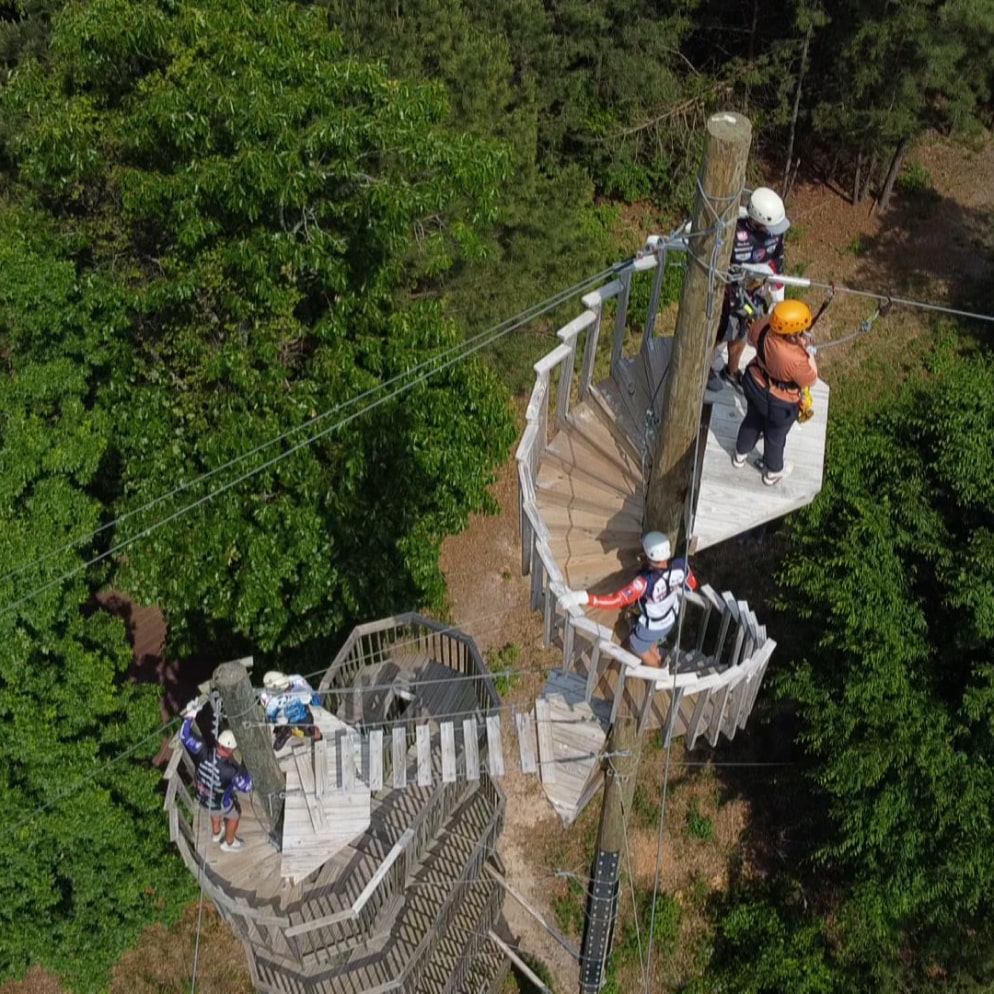
Knowledgeable and Professionally Trained Staff
Our Canopy Tour Guides are trained extensively to best ensure your safety, well being and fun on our zip line canopy tours. All Guides are CPR and Wilderness First Responder trained. Our Guides have hands on training as well as Wilderness First Aid refresher, hands on High Rescue procedures and refresher, and policy reviews.
As a standard procedure before any zipline or canopy adventure, guests must participate in a detailed safety course briefing. Our guests must attend a 20-30 minute live briefing on safety, how to use the gear, what to do and what not to do. Our guests never go out by themselves and are always accompanied by professionally trained and experienced guides. Guests must meet weight, age and physical requirements before being allowed out on the course. See Can I Zip? for restrictions. All restrictions are in place for the safety of our guests and staff.
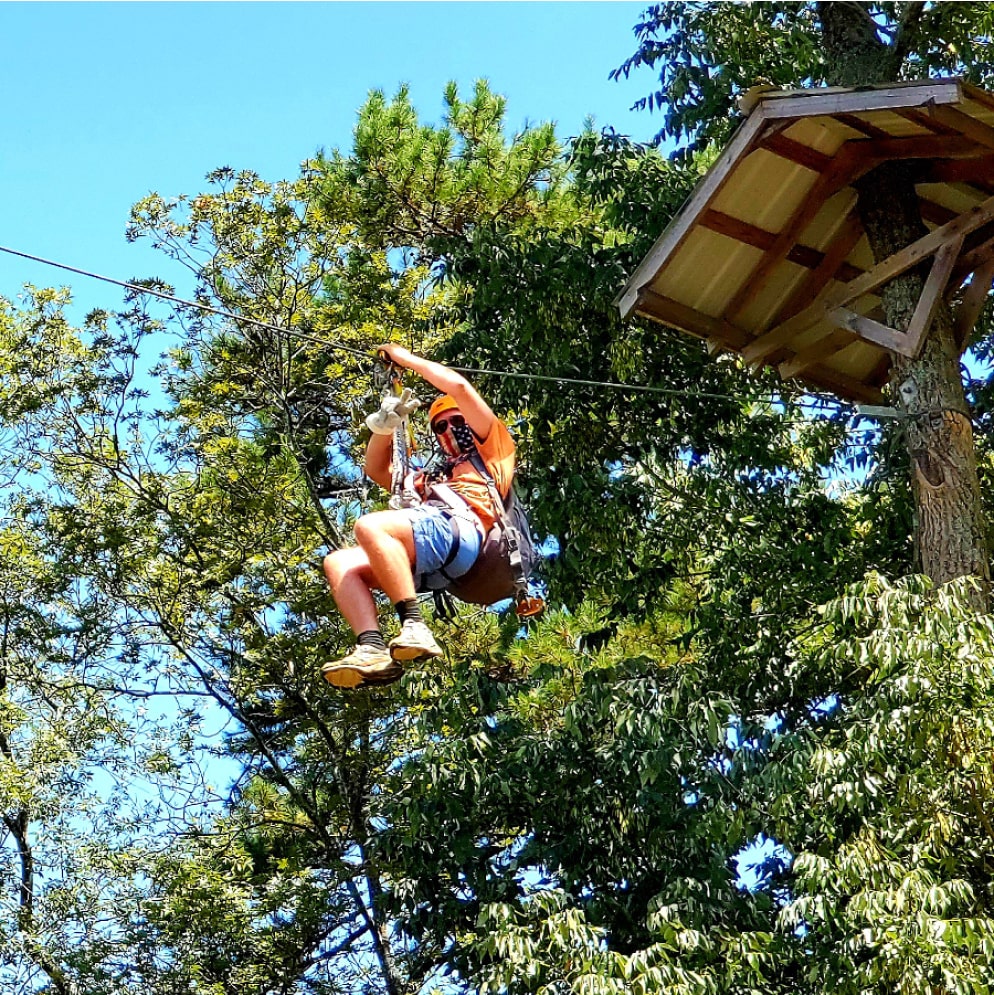

About Historic Banning Mills
Historic Banning Mills is where it all began! What started in 1998 as a country inn and the first Screaming Eagle Zip Lines has blossomed into a full-blown adventure resort. We are conveniently located in Whitesburg, Georgia (about 45 min. from Atlanta).
We hold the world record for the longest zip line canopy tour and tallest free-standing rock wall in the world (yes, that is two certified Guinness world records)! Our adventure options include zip lining, aerial adventures, kayaking, Eco-Spider SWINCAR tours, hiking trails with suspension bridges, horseback riding, summer camps, team building, meeting spaces, birds of prey nature shows, and special events. We offer treehouses, cabins, and Inn rooms.
Historic Banning Mills is a public 501(c)(3) conservation and retreat center with a mission to preserve the unique and pristine ecosystems of the Snake Creek Gorge and Chattahoochee watershed areas, as well as the extensive history of the Banning Mills township and gorge areas.
Georgia Locations
- Dawsonville, GA
- Zip Line Canopy Tours
- Views of North Georgia Mountains and Amicalola Falls State Park
- Whitesburg, GA
- Lodging, dining, zip line canopy tours, climbing wall, and more!
- Views of Snake Creek Gorge
Alabama Locations
Other Locations
- Williamstown, KY
- Zip Line Canopy Tours, Aerial Challenges, and Free Fall
- Views of the Ark Encounter
- Petersburg, KY
- Zip Line Canopy Tours, Aerial Challenges, and Free Fall
- Views of the Creation Museum
Making Fun Safer!
We have years of experience, and our guides are all CPR, Wilderness First Responder, and High Ropes Rescue Certified. We meet or exceed all ACCT and PRCA guidelines. Our course is constantly checked and rechecked as well as inspected by an outside ACCT certified inspector. You will not find a safer or more experienced zip line canopy tour course in the United States (besides our other locations). Guaranteed!
Our course uses the Vertical Trek Innovations Continuous Belay System to keep guests always connected to the course while at height. This belay safety system holds the highest safety ratings in the industry and is trusted by over 500 zip line courses worldwide. Unlike many other belay systems, Vertical Trek Innovations does not allow guests to remove a safety hook at any point while at height. The system operates using a C shaped hook which slides seamlessly from one element of the course to the next, never giving the opportunity to disconnect intentionally or by accident without the direct intervention with a tool, carried by our guides for course rescues only.
You do not need any experience before visiting us. You may come as a beginner, but you will leave feeling like a pro!
